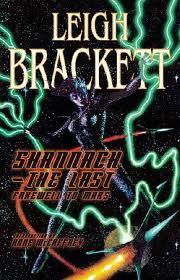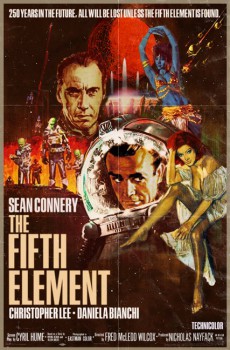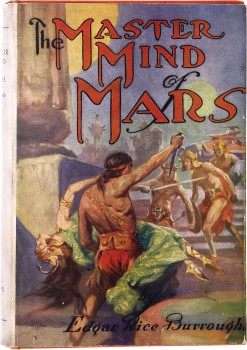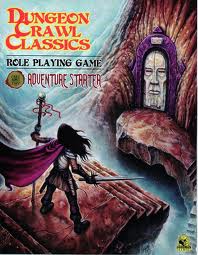Leigh Brackett: American Writer

This 4th of July I thought I’d take a look at one of my very favorite writers, the late, great Leigh Brackett, queen of planetary adventure.
Only a few generations ago planetary adventure fiction had a few givens. First, it usually took place in our own solar system. Second, our own solar system was stuffed with inhabitable planets. Everyone knew that Mercury baked on one side and froze on the other, but a narrow twilight band existed between the two extremes where life might thrive. Venus was hot and swampy, like prehistoric Earth had been, and Mars was a faded and dying world kept alive by the extensive canals that brought water down from the ice caps.
To enjoy Brackett, you have to get over the fact that none of this is real — which really shouldn’t be hard if you enjoy reading about vampires, telepaths, and dragons, but hey, there you go. Yeah, Mars doesn’t have a breathable atmosphere, or canals, or ancient races. If you don’t read her because you can’t get past that, you’re a fuddy duddy and probably don’t like ice cream.
A few of Brackett’s finest stories were set on Venus, but it was Mars that she made her own, with vivid, crackling prose.
Here. Try this, the opening of one of her best, “The Last Days of Shandakor.” You can find it in two of the three books featured as illustrations in this article, Shannach — the Last: Farwell to Mars, and Sea-Kings of Mars and Otherworldly Stories.
Anyway. On to Brackett.
He came alone into the wineshop, wrapped in a dark red cloak, with the cowl drawn over his head. He stood for a moment by the doorway and one of the slim dark predatory women who live in those places went to him, with a silvery chiming from the little bells that were almost all she wore.


 I maxed out on Barsoom back in March. After reviewing the first five Martian novels over a span of two and a half months, I switched over to writing about the movie
I maxed out on Barsoom back in March. After reviewing the first five Martian novels over a span of two and a half months, I switched over to writing about the movie  Dungeon Crawl Classics Role Playing Game
Dungeon Crawl Classics Role Playing Game



 Today, July 1, is the one-hundred-and-forty-fifth anniversary of the date the
Today, July 1, is the one-hundred-and-forty-fifth anniversary of the date the